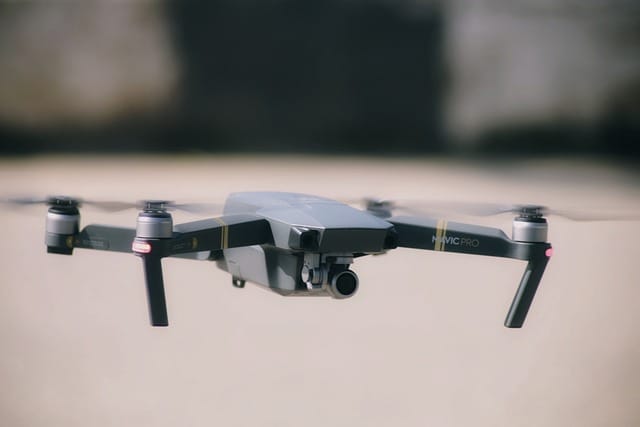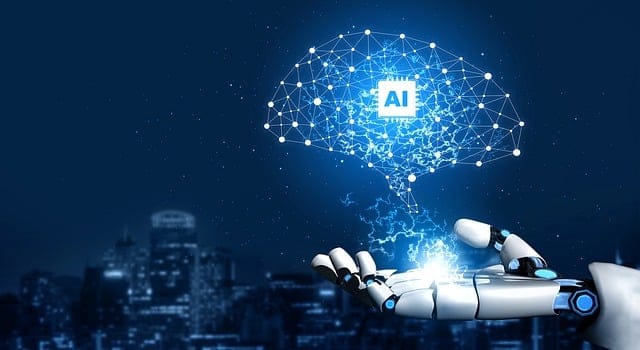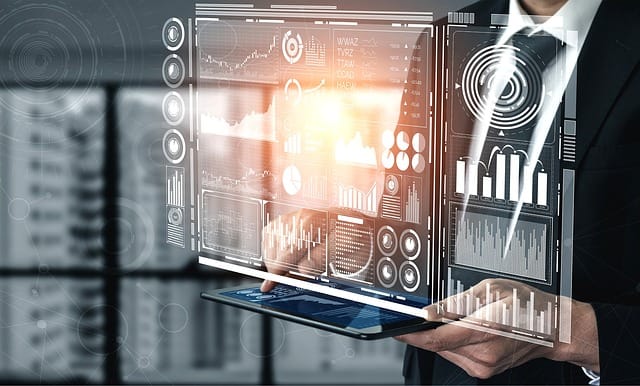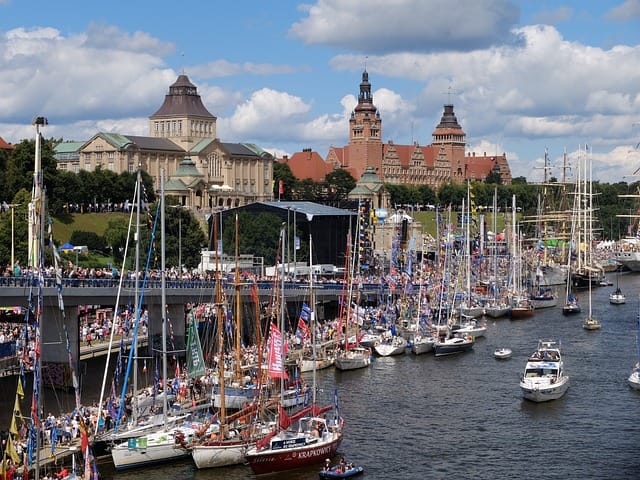Picture a robot in a studio, surrounded by splashes of color and digital palettes. At first glance, it might seem like a mere tool—just a fancy paintbrush controlled by code. Yet, these AIs are more than that. They’re trained on vast datasets of existing works, learning styles, techniques, and even the emotional undertones that make a masterpiece resonate with us. You could say they’re like sponge-like learners soaking up artistic trends, from Van Gogh’s swirling skies to Warhol’s vibrant pop culture.
Still, the big question lingers: can an AI genuinely express creativity? It’s like asking if a calculator can feel excitement while crunching numbers. Sure, a machine can mimic styles and produce visually stunning pieces, but can it infuse those pieces with emotion or a narrative that resonates at a human level? That’s where things get tricky. Many believe art isn’t just about aesthetics; it’s about the human experience, the emotions, and stories behind each brushstroke.
From Pixels to Paint: Unpacking the Creative Genius of Artificial Intelligence
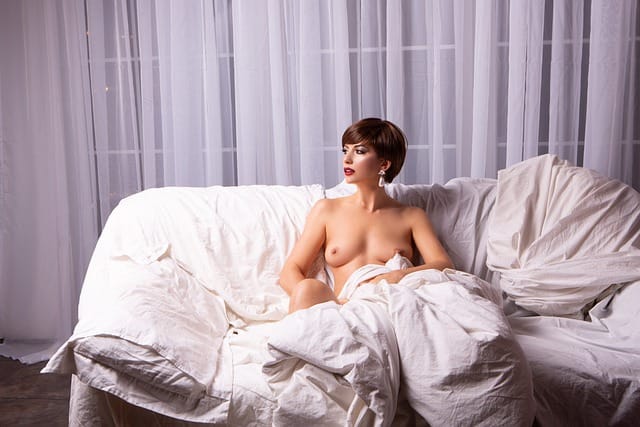
Consider how we’ve all played around with filters and digital effects on our photos. Now, picture that same technology cranked up a notch. AI analyzes countless artworks, learning not just styles but the nuance of emotions that colors convey. Similar to how a chef can whip up a delicious meal by combining usual ingredients in unexpected ways, AI takes bits of our artistic history and blends them into something entirely fresh.
Have you ever wondered what would happen if you asked an AI to create a masterpiece inspired by Van Gogh’s swirls or the vibrant hues of a Kandinsky painting? The result is a visual feast, a fusion of styles and techniques birthed from the endless learning of machines. No longer relegated to mere tools, these algorithms are becoming collaborators, breathing new life into old techniques while challenging our perceptions of creativity itself.
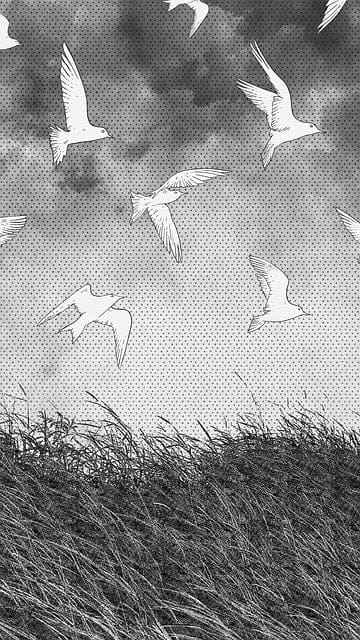
What’s even more thrilling is that this transformation isn’t happening in isolation. Artists around the globe are harnessing this tech, weaving it into their own styles and processes, much like how musicians sample beats to create new tunes. The lines between human and machine creativity blur, sparking a dialogue about originality and the future of art. Isn’t it fascinating to think about the possibilities?
The Art of Algorithms: How AI is Redefining Creativity in the Digital Age
Let’s break this down. Algorithms are like the secret recipes behind every dish, but instead of food, they create art. When AI analyzes styles, colors, and compositions from countless artworks, it learns how to mimic those elements and create fresh, captivating pieces that surprise us. It’s as if AI has a library of inspiration packed into its circuits, and it’s constantly experimenting, just like a painter trying out new techniques on a canvas.
What’s even cooler is how these algorithms collaborate with human creativity. Think of it as a dance, where the human leads, providing the vision and emotional depth, and the AI follows, offering innovative twists that the human might never have imagined. This partnership isn’t just about efficiency; it’s about expanding what we consider to be creative expression. Have you tried letting an AI suggest lyrics for a song or themes for a novel? It’s like opening a door to an alternative universe where creativity knows no bounds!
Machines with a Muse: Exploring the Boundaries of AI-Generated Art
Machines with a muse are pushing the boundaries of traditional artistry. They don’t just mimic styles; they offer fresh perspectives that can thrill or challenge our understanding of what art truly is. Imagine an algorithm analyzing thousands of paintings, learning not just the techniques but the emotions behind them. It’s like giving a brilliant student a chance to absorb a whole library in mere seconds. The result? Art that can provoke a genuine reaction, making you pause and think, “Wow, did a robot just understand the human condition?”
Yet, let’s not kid ourselves; there’s a bit of a philosophical tug-of-war here. Can a machine really “feel” or “express” in the way you might? It’s akin to asking if a sunflower can rival the beauty of a sunset. Sure, both are stunning in their own right, but one holds a depth of emotion that a machine simply can’t replicate. But that’s the beauty of AI-generated art! It’s not about replacing the artist; it’s about collaboration. The machine plays the role of a new-age brush in the artist’s hand, igniting imagination and pushing creators to explore uncharted territories.
Walking through a gallery of AI art feels like stepping into a sci-fi novel where technology and creativity intertwine, leading us to ask deeper questions about originality, emotion, and what it means to be “human.” So, are you ready to embrace this captivating intersection of art and technology?
Can Pixels Feel? The Emotional Landscape of AI-Created Artistic Expression
When we dive into AI-generated art, it’s like unearthing a treasure chest of emotions crafted by algorithms. These digital creations might lack human experience, yet they can evoke feelings that are incredibly profound. Picture a vibrant sunset rendered by AI—it might not have the melancholic undertones of a lost love that real artists often summon, but it can still ignite a sense of awe and wonder.
But let’s not kid ourselves. Can a program genuinely “feel” the beauty of the world? Of course not! It’s more like a magician performing tricks—deceptive yet undeniably captivating. Each pixel places itself with intention, mimicking human creativity, but at the end of the day, it’s merely analyzing patterns and replicating styles. Yet, we find ourselves captivated, our emotions stirred, almost as if those pixels are singing a heartfelt ballad.
Art or Algorithm? The Debate Over Authenticity in AI-Driven Creativity
Let’s dig a little deeper. When we talk about AI creating “art,” we’re not just discussing the surface-level aesthetics; we’re diving into the essence of creativity itself. AI can analyze thousands of works, pick out patterns, and dish out compositions faster than you can say “Picasso.” But here’s the kicker: can it genuinely tap into the human experience? Can it draw from personal pain, joy, or the nostalgia that fills your heart when you hear that favorite song from your childhood?
Some would argue that creativity is inherently human—an intimate dance of thoughts, feelings, and experiences tangled into something unique and beautiful. Think of it this way: a cupcake made from a recipe is delightful, but it’s Grandma’s secret recipe, filled with love and history, that truly warms your soul. So, when it comes to AI, can we savor the result, or will it always feel like we’re nibbling on something made from a box?
This debate ranges from excitement over groundbreaking technology to skepticism about losing the soul of artistic expression. In a world increasingly driven by data, the crux lies in understanding whether the brushstroke of an artist’s hand can be truly replicated by lines of code.
Beyond Imitation: Can Creative AI Craft Original Masterpieces?
Think about it—creative expression often dances on the edge of imitation and innovation. Just like a chef learns recipes before creating a signature dish, AI systems process vast amounts of data, absorbing styles and techniques from countless sources. But when it’s time to create, are they just blending flavors or are they cooking up something entirely new? Some AI can generate artwork, music, and even poetry that feels fresh and inspiring, leaving us to question whether a machine can possess true creativity.
Let’s dive deeper. Consider the musty smell of old books filled with classic literature. Each word crafted by a human soul, echoing emotions we’ve all felt. Can AI replicate that depth, or will it miss the human experience entirely? It’s like trying to teach a robot to feel joy from a sunset—can it even grasp the warmth of that golden hour? However, many argue that while AI may not capture feelings like we do, it can still produce jaw-dropping works that challenge our perception of artistry.
When Machines Become Muses: The Future of Creativity in the Age of AI
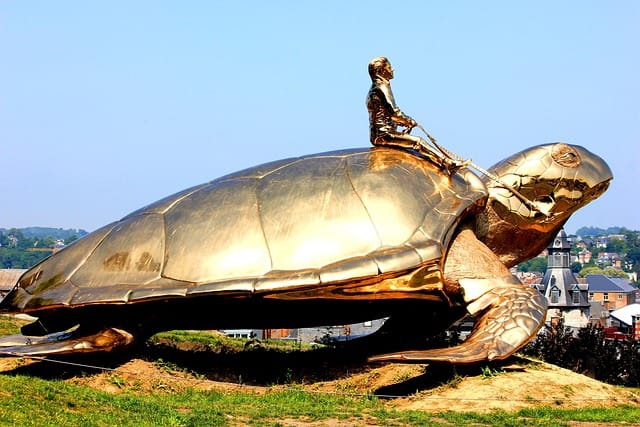
Picture this: an artist sitting at their easel, feeling a bit stumped, and then their AI companion suggests a burst of colors, not previously considered. Suddenly, inspiration strikes! It’s like having a creative buddy who throws a wild idea at you just when you need that spark.
We’re already seeing AI in music, where algorithms are composing tracks that make you groove. It’s not just about replication; these machines are blending genres and creating fresh sounds. Have you ever thought about how much time and energy you could save with AI brainstorming on your behalf? You’re basically turbocharging your creative process, and that’s pretty exciting!
Sure, there’s a debate about whether machines can truly create or simply remix existing concepts. But think about this: even the greatest artists drew inspiration from others. Just like a musician might remix a classic song, AI can take existing styles and give them a brand-new twist. The future is a canvas, a vibrant landscape where human imagination meets the analytical prowess of machines. It’s a thrilling collaboration, where the possibilities are as endless as the universe itself. What do you think? Are we ready to let our machines be our muses?
Frequently Asked Questions
What Are the Ethical Implications of AI in Art Creation?
The use of artificial intelligence in art creation raises important ethical questions regarding authorship, originality, and the value of human creativity. Concerns include potential copyright issues, the impact on traditional artists, and the implications of machine-generated art on cultural expression. Addressing these issues is crucial to ensure a responsible integration of AI in the artistic landscape.
Will AI Replace Human Artists in the Future?
The evolution of AI technology raises questions about the future of creative professions. While AI can generate art and assist artists, it lacks the emotional depth, personal experiences, and unique perspectives that human artists bring to their work. Therefore, rather than fully replacing human artists, AI is more likely to serve as a tool that enhances creative expression, allowing artists to explore new avenues and collaborate with technology.
Can AI-Generated Art Be Considered Genuine Art?
The authenticity of AI-generated art often hinges on the definition of art itself. While some argue that art must originate from human emotion or intent, others believe that AI can create genuine art through innovative processes and unique outputs. Ultimately, the perception of AI art as genuine depends on individual interpretations of creativity and authorship in the digital age.
What is Creative AI and How Does It Work?
Creative AI refers to the use of artificial intelligence technologies to generate original content, such as art, music, and writing. It works by analyzing vast amounts of data to identify patterns and styles, allowing it to create new and unique outputs. Through algorithms and machine learning, Creative AI can simulate human-like creativity, enabling innovative applications across various fields.
How Are Artists Using Creative AI in Their Work?
Artists are increasingly integrating creative AI into their work to enhance their creativity and explore new artistic possibilities. This technology helps generate unique visuals, compositions, and even music, allowing artists to experiment with styles and ideas that may not be possible through traditional methods. By leveraging AI tools, artists can streamline their creative processes, gain inspiration, and push the boundaries of art, resulting in innovative and compelling works.


